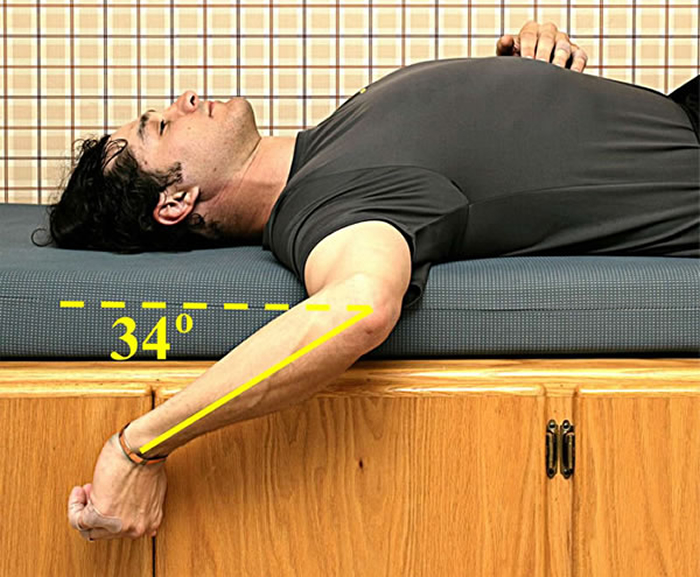stephan_58
Rookie
So I've struggled with this for a long time. Ever since I learnt how to serve with a continental grip, my racket drop has been too much to the center of my back (taking the term "back scratch" too literally). The problem is that because of this, I slice a lot (because of the racket path from left to right) and, even worse, I suspect it's the reason for some lower back issues I've been having for a while (makes me fall to the left and kind of stretch my back).
This has been pointed out by TW-users before. The problem is, even though I know this is a big issue in my service motion, I can't fix it. When I shadow swing without a ball, the racket drop is much better, but as soon as I include the ball toss and concentrate on hitting it, I fall back to my old habit. I can shadow swing correctly 20 times in a row, when I toss a ball the 21st time, I'm back to square one. I've always thought that with enough shadow swinging of the correct motion, the problem should vanish automatically, but I can't seem to make progress with this.
Are there any good drills that I could try? Has anyone else had the same problem with the racket drop/back scratch position and corrected it successfully? I feel like I can't make any progress in this area. I've watched tons of videos of pros and a lot of instructional videos. They help but it seems muscle memory is in the way of real progress. I do know what it's supposed to look like...
Here is a video illustrating the problem: http://youtu.be/OLLjHAnw0JU . First I swing without a ball, then I toss a ball. You can clearly see that the motions are different. Also, the back is more or less straight the first time and slightly stretched to the left when I incorporate the ball. In match play, when I jump, the difference is even bigger.
This has been pointed out by TW-users before. The problem is, even though I know this is a big issue in my service motion, I can't fix it. When I shadow swing without a ball, the racket drop is much better, but as soon as I include the ball toss and concentrate on hitting it, I fall back to my old habit. I can shadow swing correctly 20 times in a row, when I toss a ball the 21st time, I'm back to square one. I've always thought that with enough shadow swinging of the correct motion, the problem should vanish automatically, but I can't seem to make progress with this.
Are there any good drills that I could try? Has anyone else had the same problem with the racket drop/back scratch position and corrected it successfully? I feel like I can't make any progress in this area. I've watched tons of videos of pros and a lot of instructional videos. They help but it seems muscle memory is in the way of real progress. I do know what it's supposed to look like...
Here is a video illustrating the problem: http://youtu.be/OLLjHAnw0JU . First I swing without a ball, then I toss a ball. You can clearly see that the motions are different. Also, the back is more or less straight the first time and slightly stretched to the left when I incorporate the ball. In match play, when I jump, the difference is even bigger.



